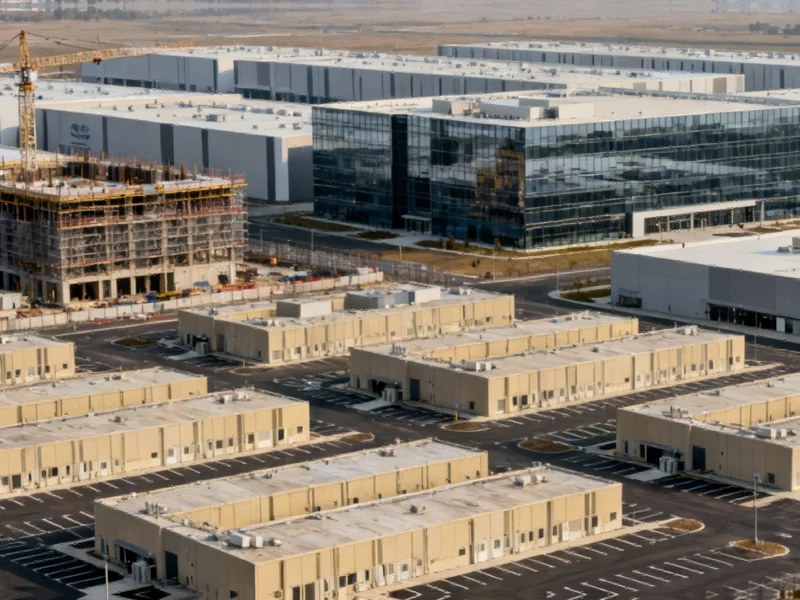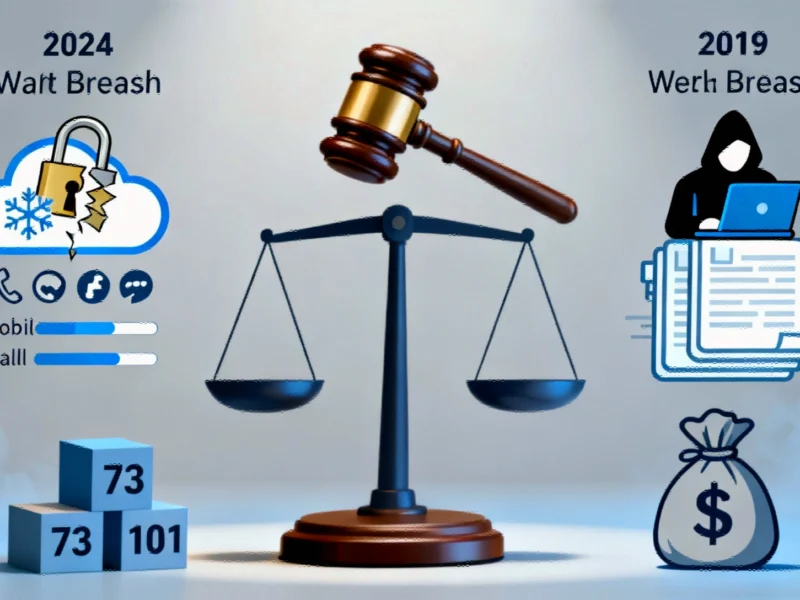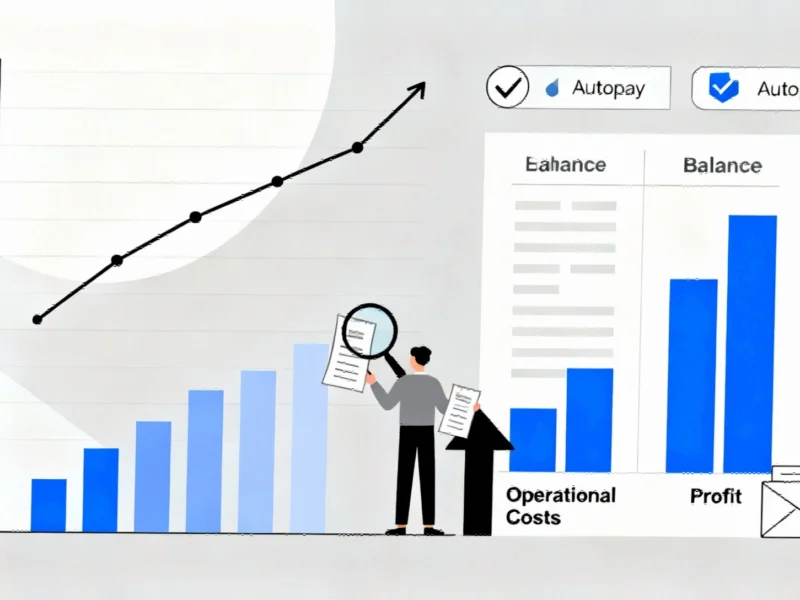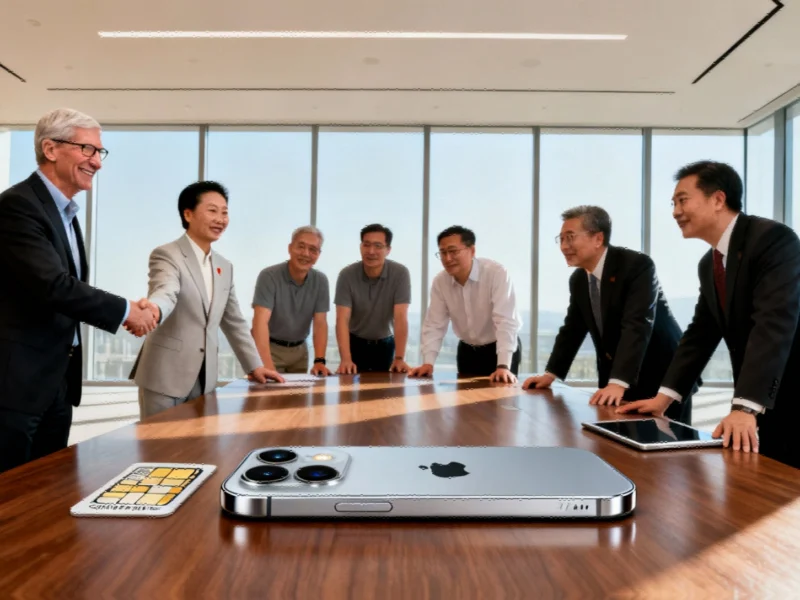Private Equity Consolidation Creates New Compute Power Dynamics
A landmark $40 billion acquisition is fundamentally reshaping how enterprises access critical computing infrastructure, with a BlackRock-led consortium’s purchase of Aligned Data Centers creating ripple effects across the technology landscape. This record-breaking data center transaction represents more than just financial engineering—it signals a structural shift in how computing capacity is allocated, priced, and prioritized in an increasingly AI-driven economy.
The consolidation trend, where private equity firms and technology giants are acquiring data center capacity years before construction completion, is creating a new competitive environment for enterprise CIOs. As Sanchit Vir Gogia, chief analyst and CEO at Greyhound Research, observes: “Capital has become the gatekeeper of compute, deciding who gets capacity, where, and at what price. When ownership changes hands, contracts and pricing often change with it.”
The New Infrastructure Access Hierarchy
This consolidation isn’t removing capacity from the market, but it is establishing a clear hierarchy for access. Hyperscalers and large technology companies are securing their needs through long-term contracts and equity investments, leaving enterprise IT leaders to compete for remaining capacity at potentially higher prices and less favorable terms.
The timing couldn’t be more critical, as artificial intelligence workloads are driving unprecedented demand for specialized computing infrastructure. This mirrors trends seen in other technology sectors, where TSMC’s record quarterly profits demonstrate how AI demand is reshaping semiconductor manufacturing and creating new pressure points throughout the technology supply chain.
Strategic Implications for Enterprise Technology Leaders
CIOs now face a fundamentally different procurement landscape, requiring new strategies for securing computing resources:
- Longer Planning Horizons: Organizations must now plan their infrastructure needs three to five years in advance to compete with hyperscale buyers
- Alternative Sourcing Strategies: Exploring hybrid approaches combining colocation, cloud, and edge computing becomes essential
- Contract Flexibility: Negotiating terms that account for potential ownership changes and market fluctuations
The situation echoes challenges seen in other resource-constrained technology sectors. For instance, Lithium Americas’ stock performance reflects similar supply-demand dynamics in critical materials markets, where strategic positioning determines market access.
Security Considerations in Consolidated Environments
As infrastructure ownership consolidates, security architectures must evolve accordingly. The traditional perimeter-based security model becomes less effective in multi-tenant data center environments, driving increased adoption of microsegmentation strategies that can reduce insurance premiums while improving security posture.
This security evolution aligns with broader technology trends, where Apple’s M5 Vision Pro demonstrates how advanced computing architectures are balancing performance with memory efficiency, creating new opportunities for optimized infrastructure deployment.
Future Outlook and Adaptation Strategies
The $40 billion BlackRock deal represents a tipping point rather than an isolated event. Industry analysts predict continued consolidation as private equity recognizes the strategic value of data center assets in an AI-driven economy. Enterprise technology leaders must develop more sophisticated infrastructure strategies that account for these market dynamics.
Successful adaptation will require closer collaboration between finance and technology functions, with organizations treating computing capacity as a strategic asset rather than an operational expense. This approach mirrors how leading organizations are leveraging advanced operating system capabilities to optimize multi-monitor productivity environments, recognizing that infrastructure decisions directly impact organizational capabilities.
The data center market transformation underscores a broader reality: in the age of AI, computing infrastructure has become both a strategic asset and a potential competitive bottleneck. How organizations navigate this new landscape will significantly influence their technological capabilities and business outcomes for years to come.
Based on reporting by {‘uri’: ‘networkworld.com’, ‘dataType’: ‘news’, ‘title’: ‘Network World’, ‘description’: ‘Network news, trend analysis, product testing and the industry’s most important blogs, all collected at the most popular network watering hole on the Internet | Network World’, ‘location’: {‘type’: ‘place’, ‘geoNamesId’: ‘4930956’, ‘label’: {‘eng’: ‘Boston’}, ‘population’: 617594, ‘lat’: 42.35843, ‘long’: -71.05977, ‘country’: {‘type’: ‘country’, ‘geoNamesId’: ‘6252001’, ‘label’: {‘eng’: ‘United States’}, ‘population’: 310232863, ‘lat’: 39.76, ‘long’: -98.5, ‘area’: 9629091, ‘continent’: ‘Noth America’}}, ‘locationValidated’: False, ‘ranking’: {‘importanceRank’: 280964, ‘alexaGlobalRank’: 23118, ‘alexaCountryRank’: 11344}}. This article aggregates information from publicly available sources. All trademarks and copyrights belong to their respective owners.



